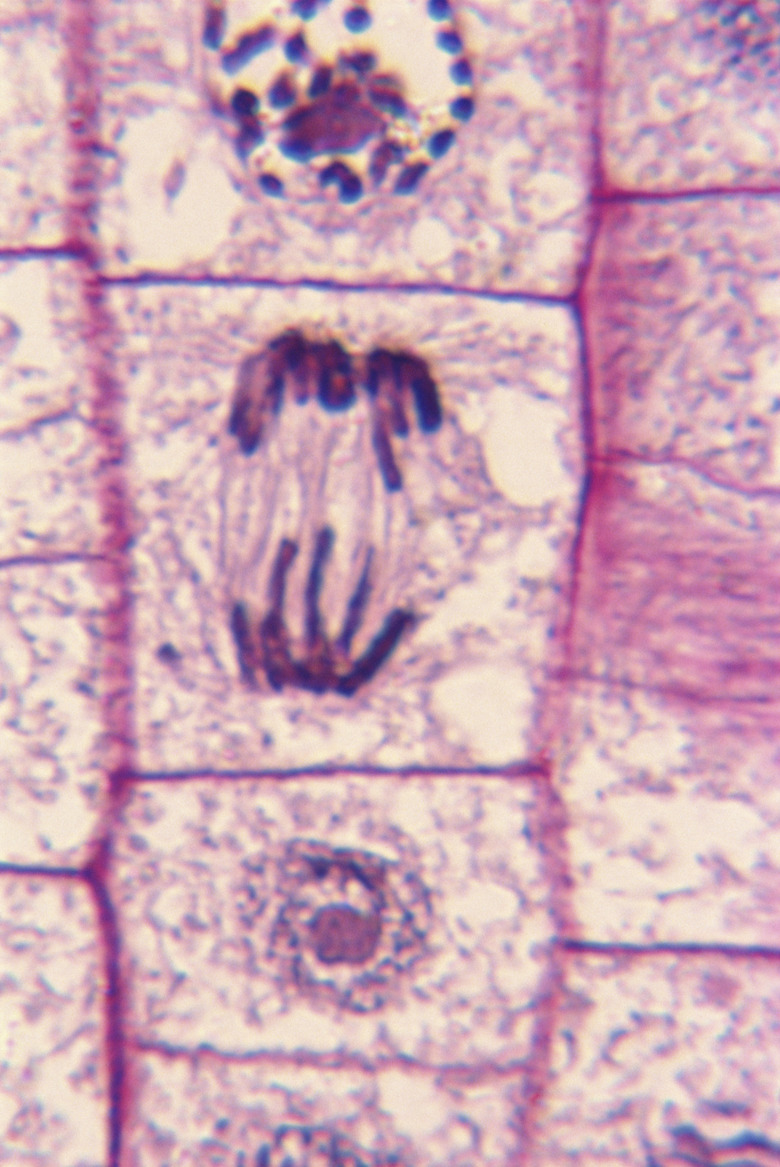What Are The Functions Of Microfilaments & Microtubules?
Microfilaments and microtubules are the parts of any organism's cells that provide strength and structural support. They are the major components of the cytoskeleton, a framework of proteins that give the cell its shape and prevent it from collapsing. They are also the ones responsible for cell movement, as in the case of muscle cells.
The Cellular Framework
The Cellular Framework
Cells are the basic unit of life. Even though they are very small, there are even smaller components inside the cells called organelles. Organelles perform the basic functions of the cell, such as energy production. Even with many organelles roaming around, the inside of the cell is still pretty organized. This is thanks to the cytoskeleton, a framework of big proteins that acts like the skeleton of the cell in the same manner as our skeleton organizes the stuff inside our bodies.
Shaping the Cell
Shaping the Cell
Microtubules, which are proteins shaped like tubes, are one component of the cytoskeleton. They are involved in maintaining the shape of the cell; without them, the cell would be squished by its neighboring cells. They are also responsible for organizing the inside of the cell and for various movements in the cell, especially when organelles and other small compartments move from one location to another. This function makes microtubules vital to cell division, when the cell divides to form two new cells.
Moving the Cell
Moving the Cell
Microfilaments, another component of the cytoskeleton, are filamentous proteins that are spread throughout the cell. They have a minor role in supporting the shape of the cell and in organizing its insides, but they have a major role in cellular movements. Microfilaments are responsible for any movement that the cell makes, such as the amoeba changing shape, muscle cells contracting and cells crawling across a surface.
Cellular Maintenance
Cellular Maintenance
Both microtubules and microfilaments are key in keeping a cell functioning and operational. Researchers have found that abnormalities in microtubules and microfilaments can lead to diseases such as cancer, skin diseases and liver cirrhosis. Abnormalities have even been linked to neurodegenerative diseases such as Alzheimer's disease.
References
Cite This Article
MLA
Suico, Joshua. "What Are The Functions Of Microfilaments & Microtubules?" sciencing.com, https://www.sciencing.com/functions-microfilaments-microtubules-19319/. 13 March 2018.
APA
Suico, Joshua. (2018, March 13). What Are The Functions Of Microfilaments & Microtubules?. sciencing.com. Retrieved from https://www.sciencing.com/functions-microfilaments-microtubules-19319/
Chicago
Suico, Joshua. What Are The Functions Of Microfilaments & Microtubules? last modified March 24, 2022. https://www.sciencing.com/functions-microfilaments-microtubules-19319/
